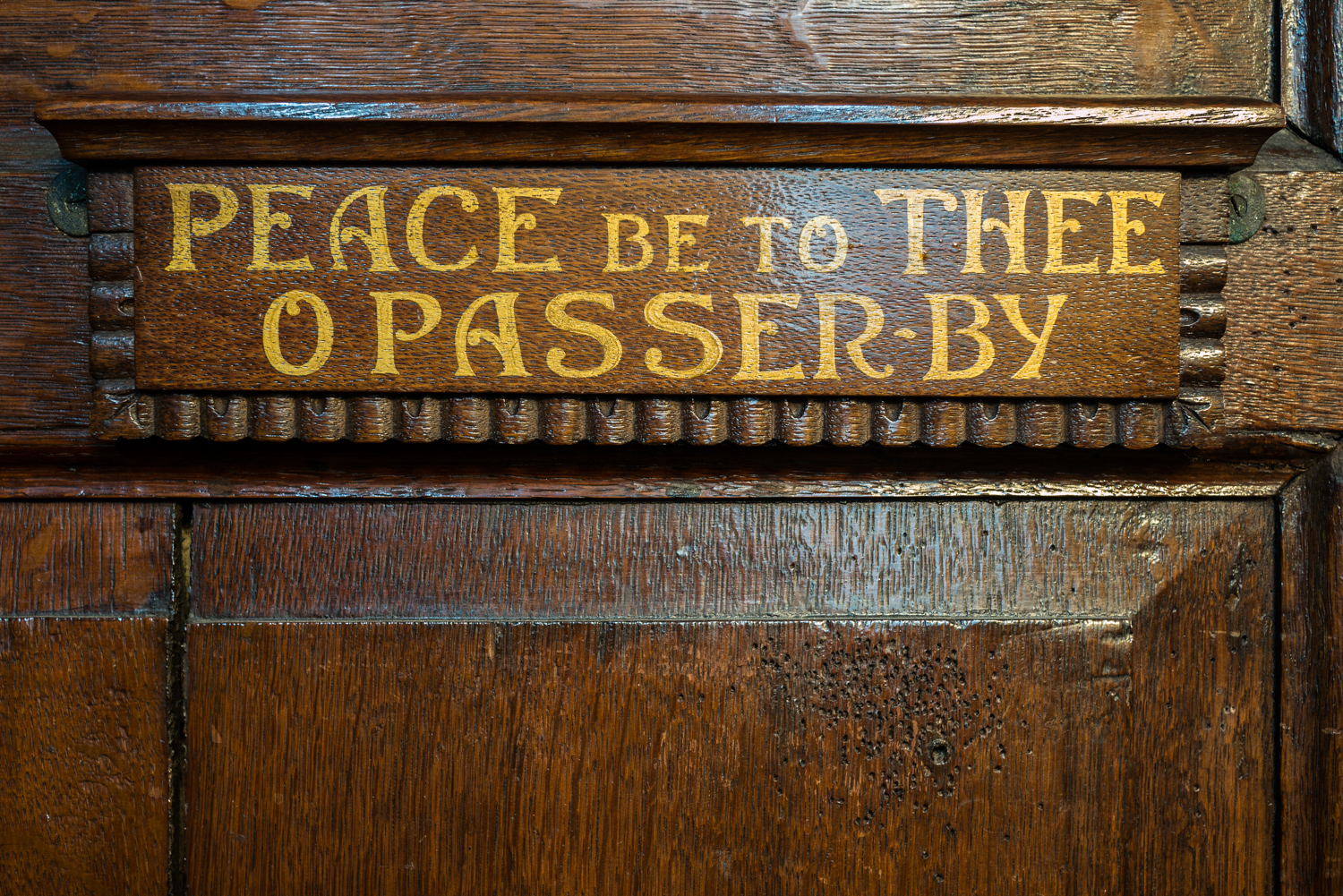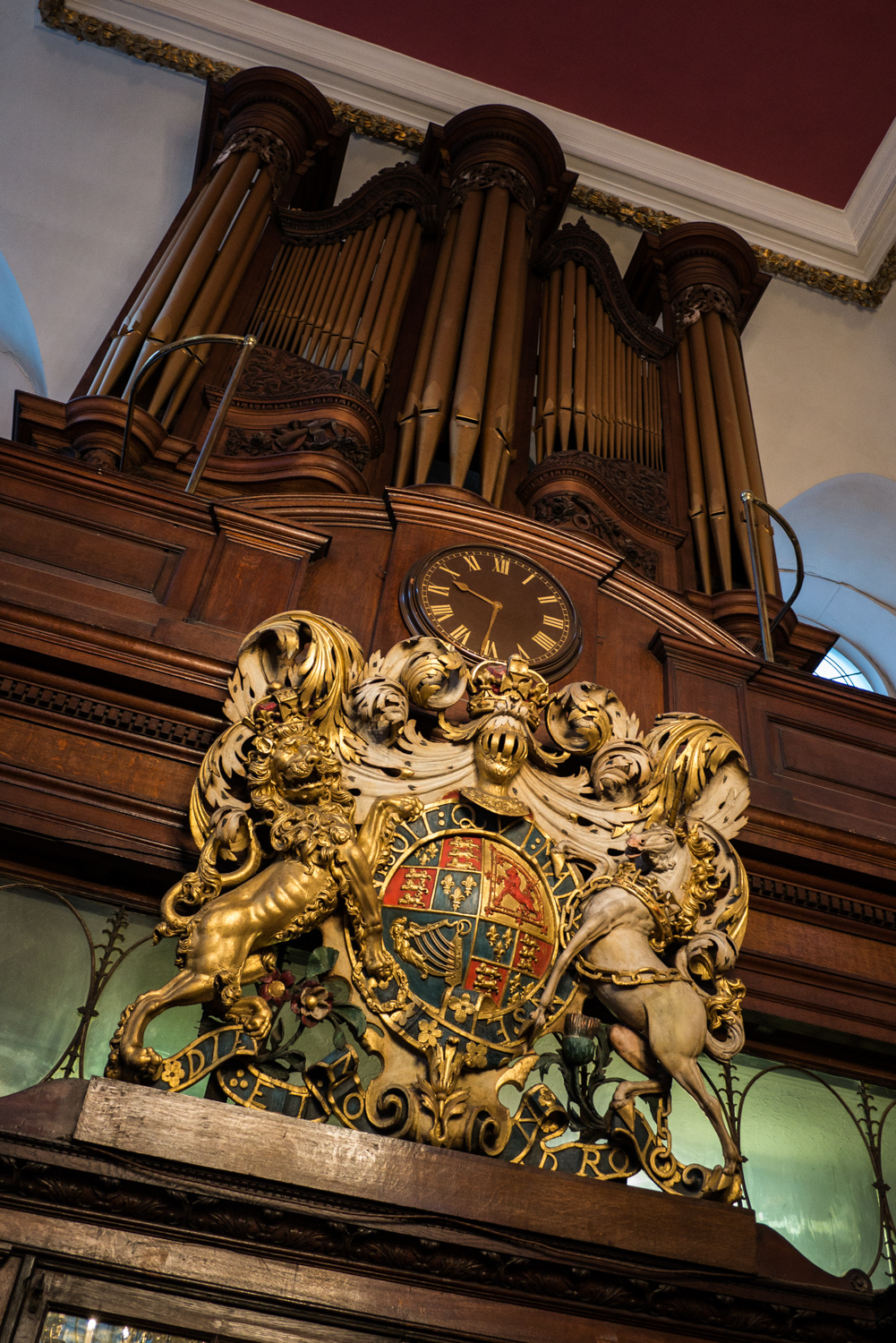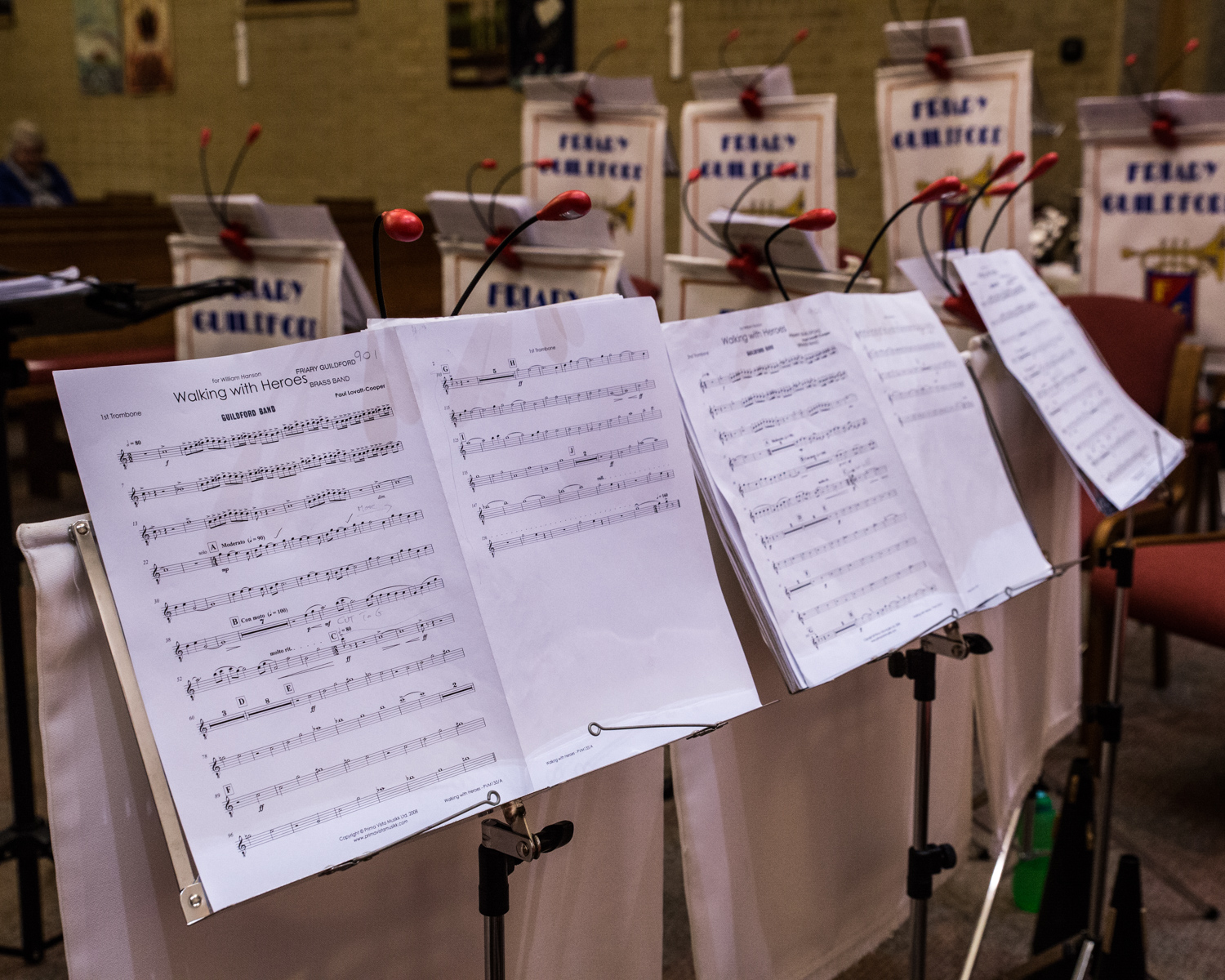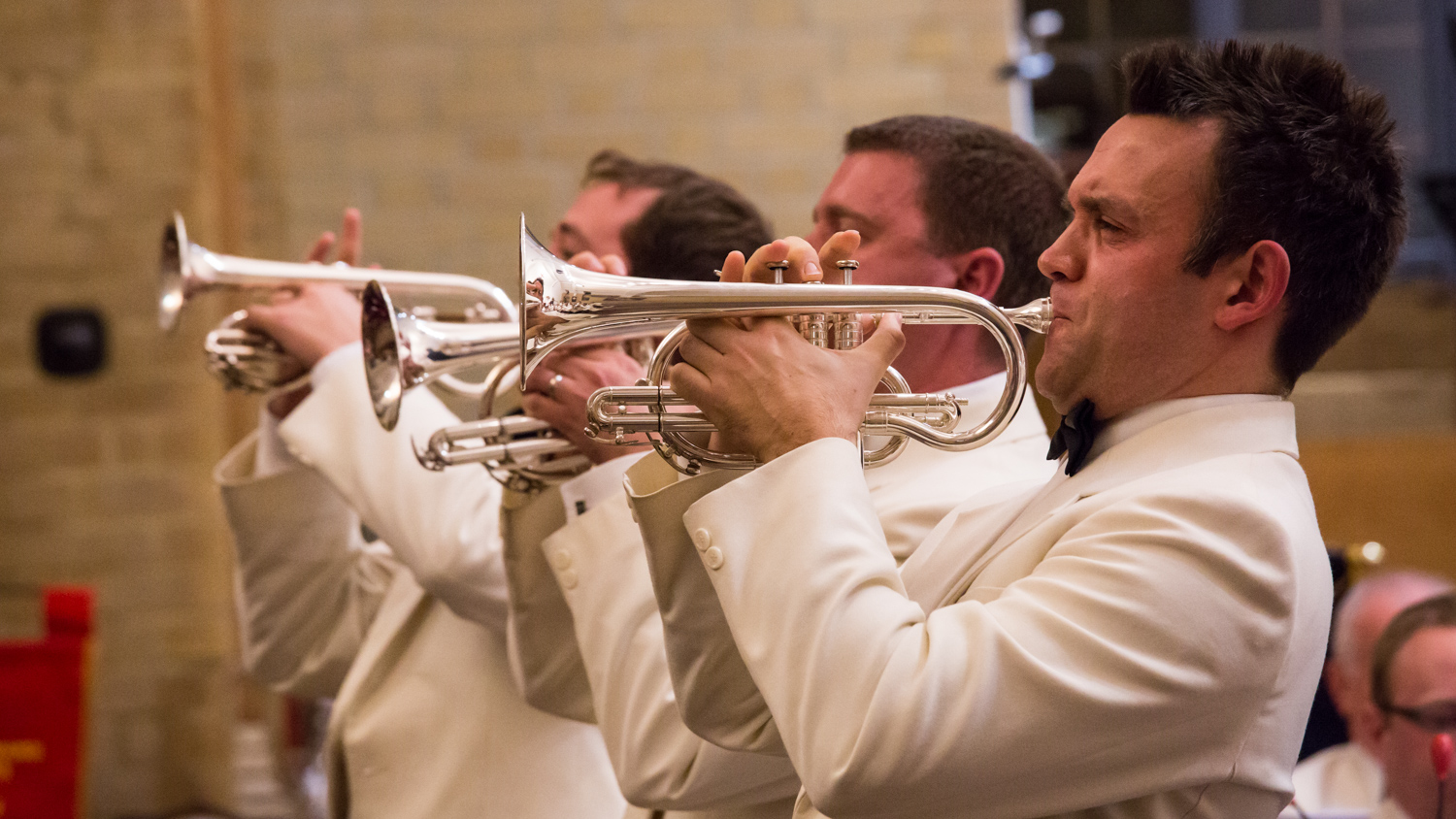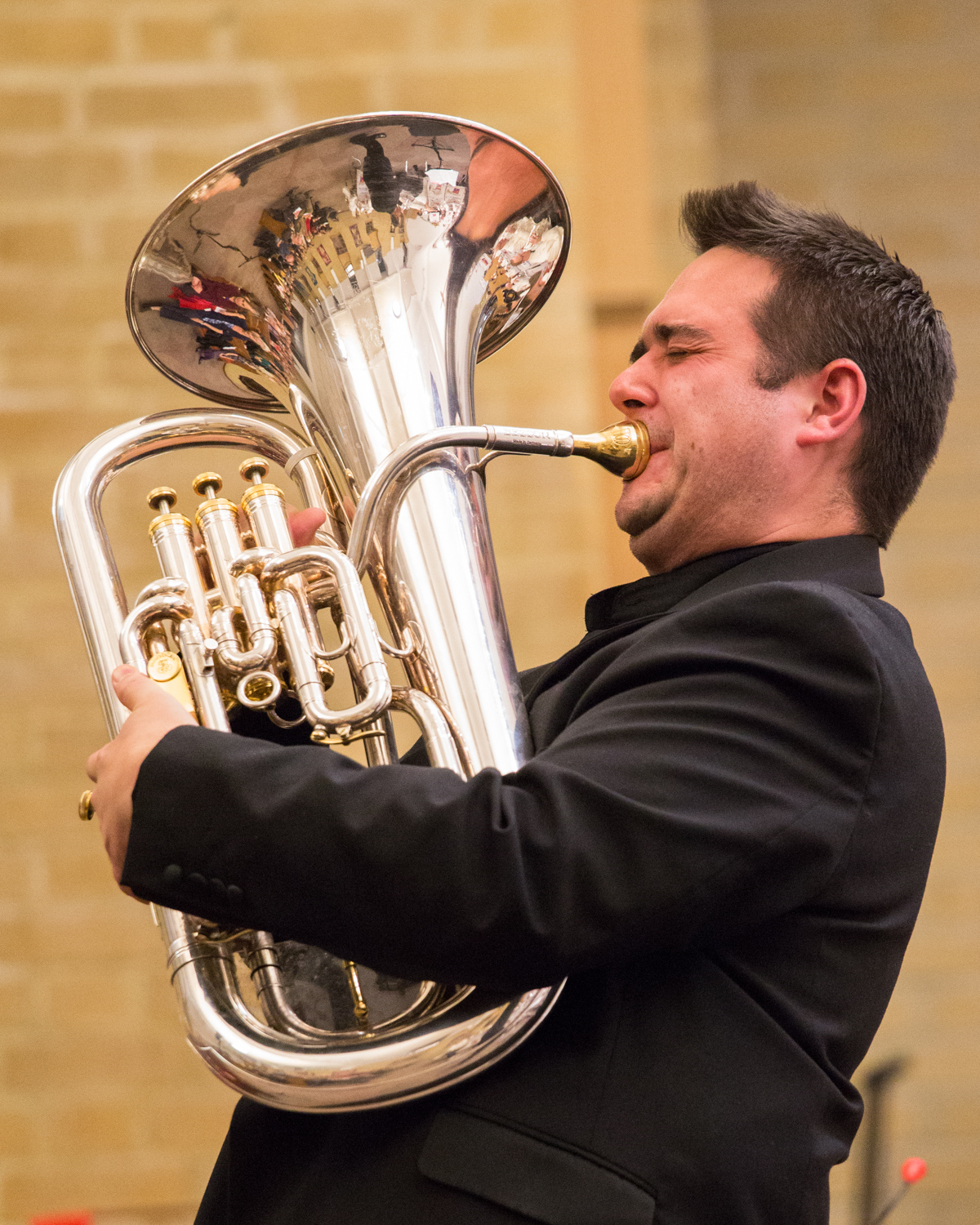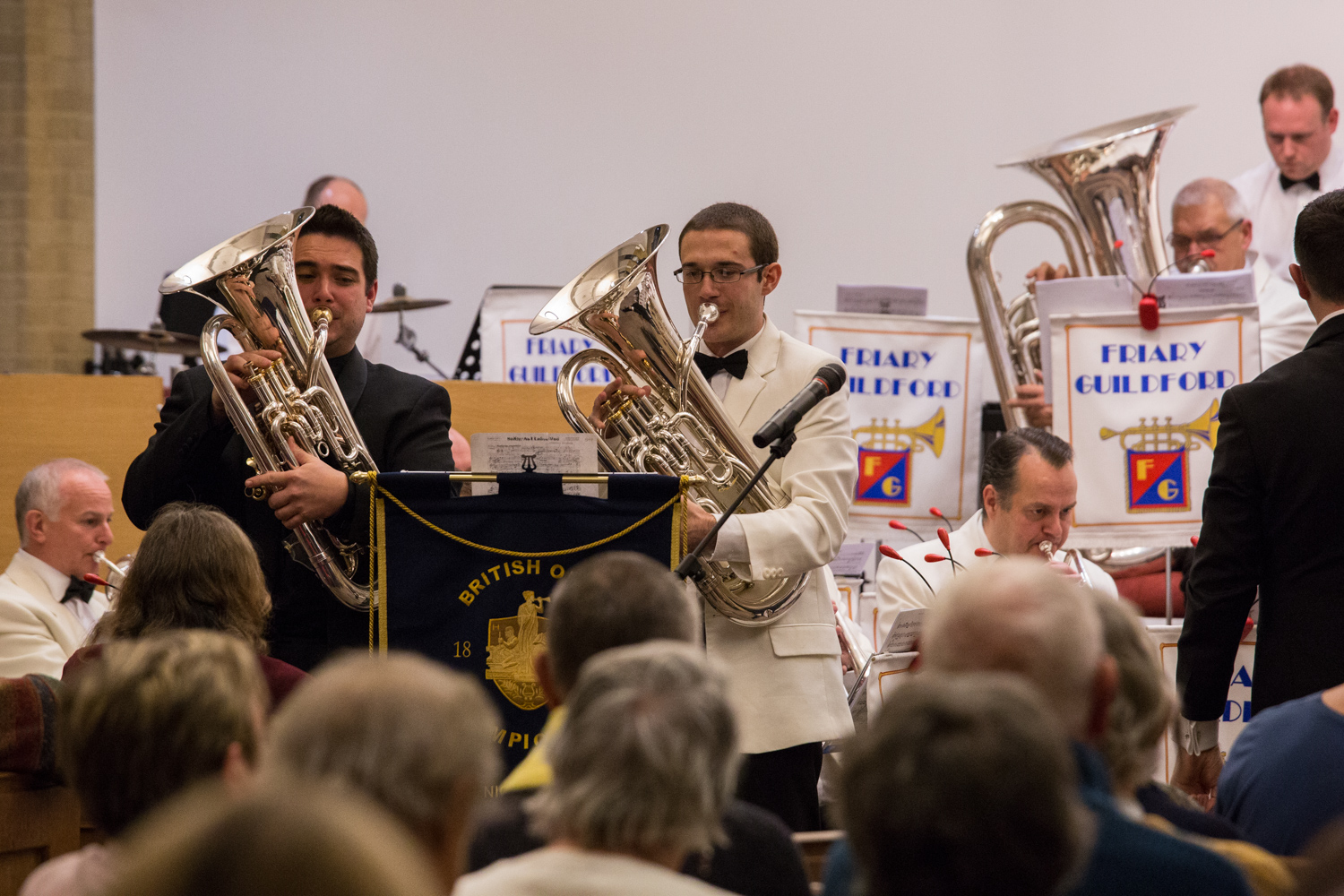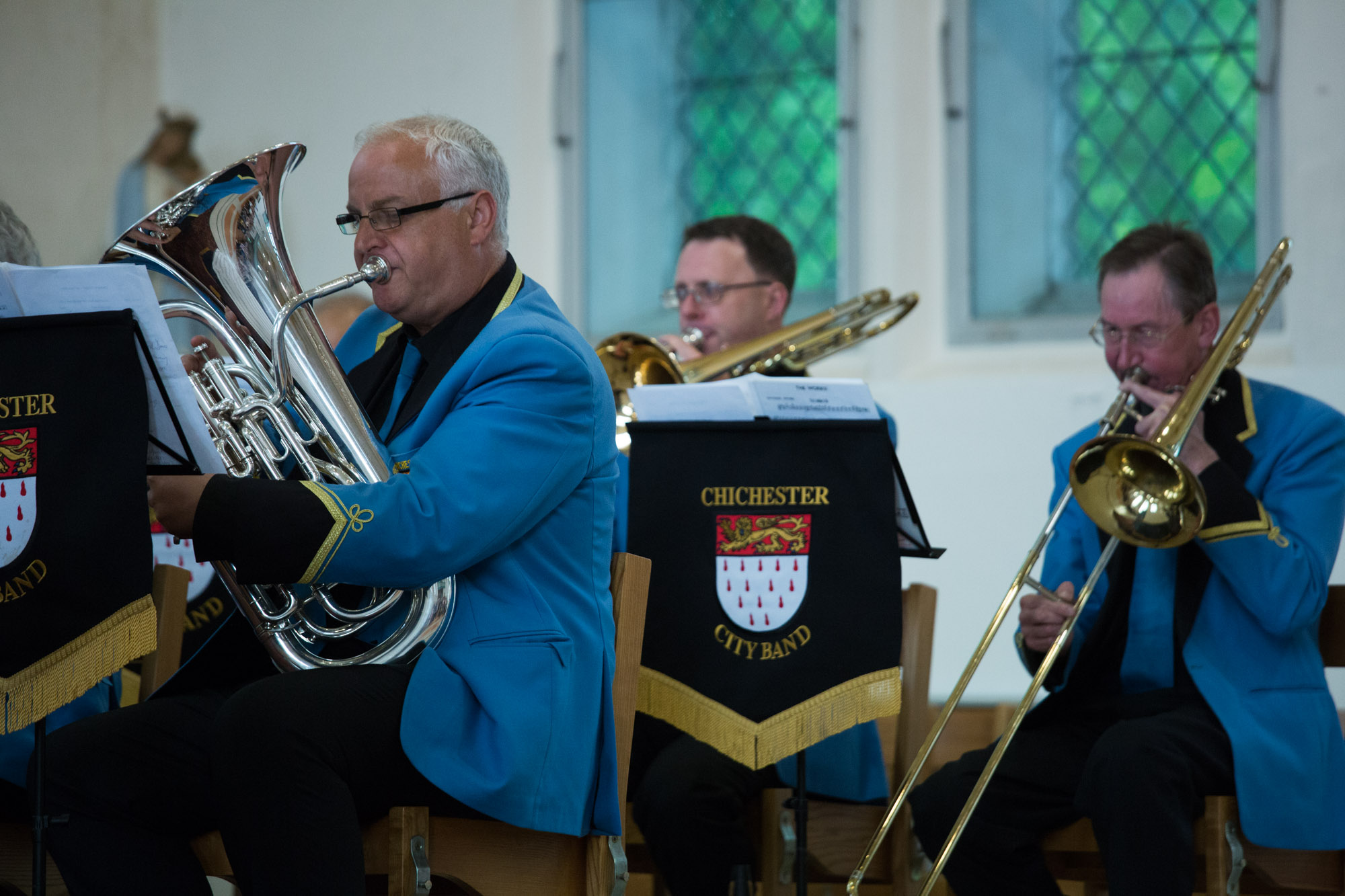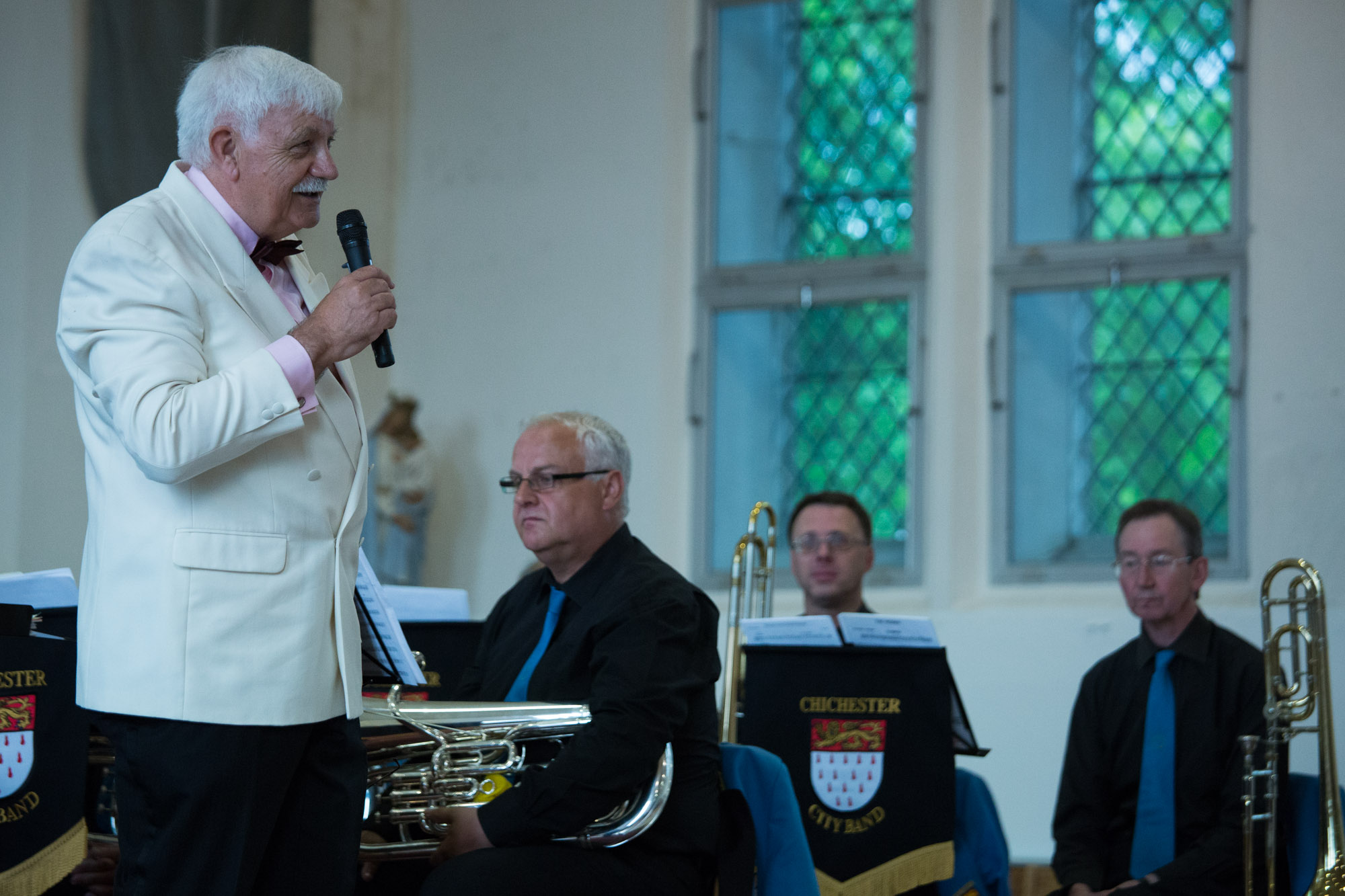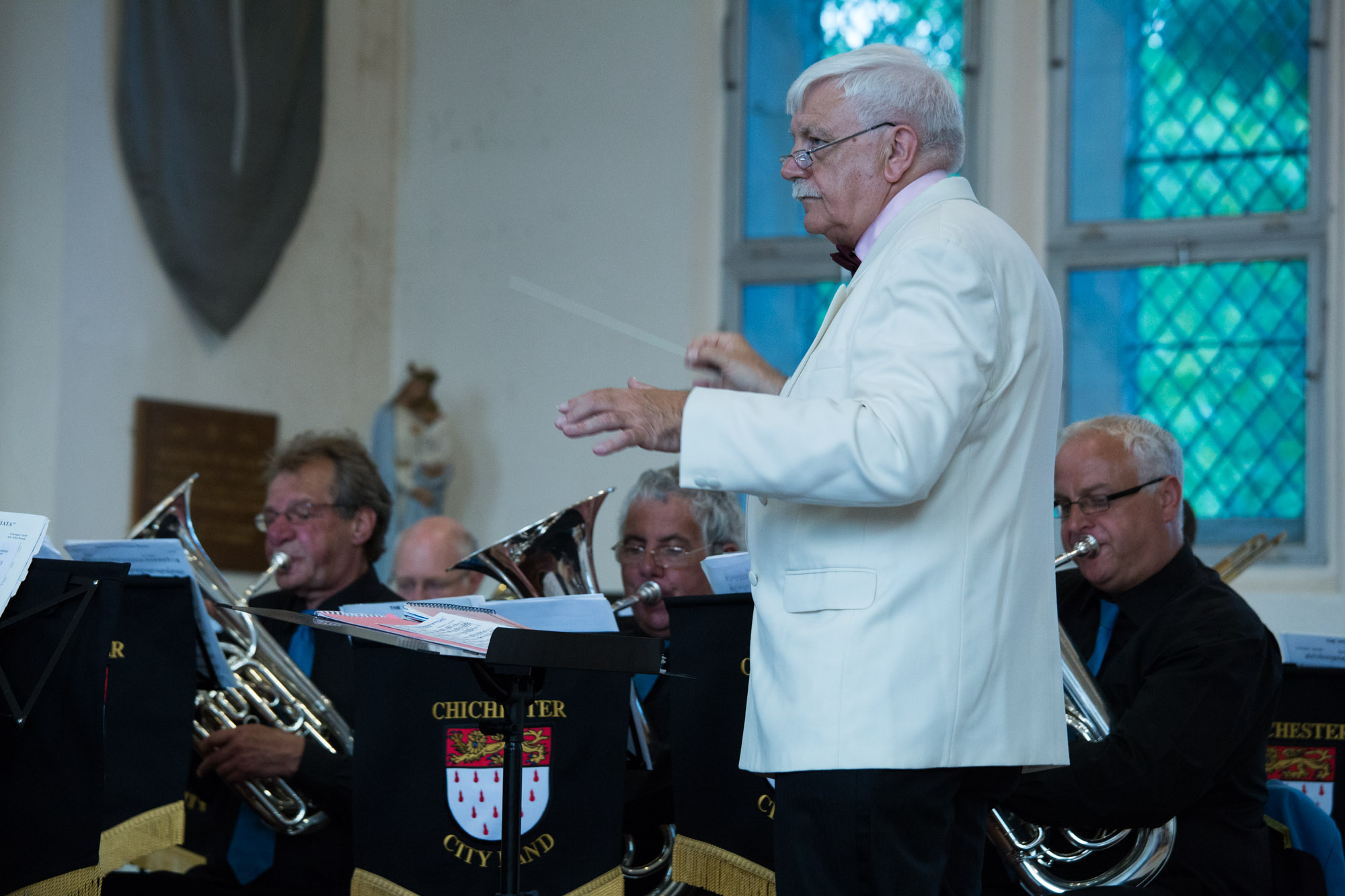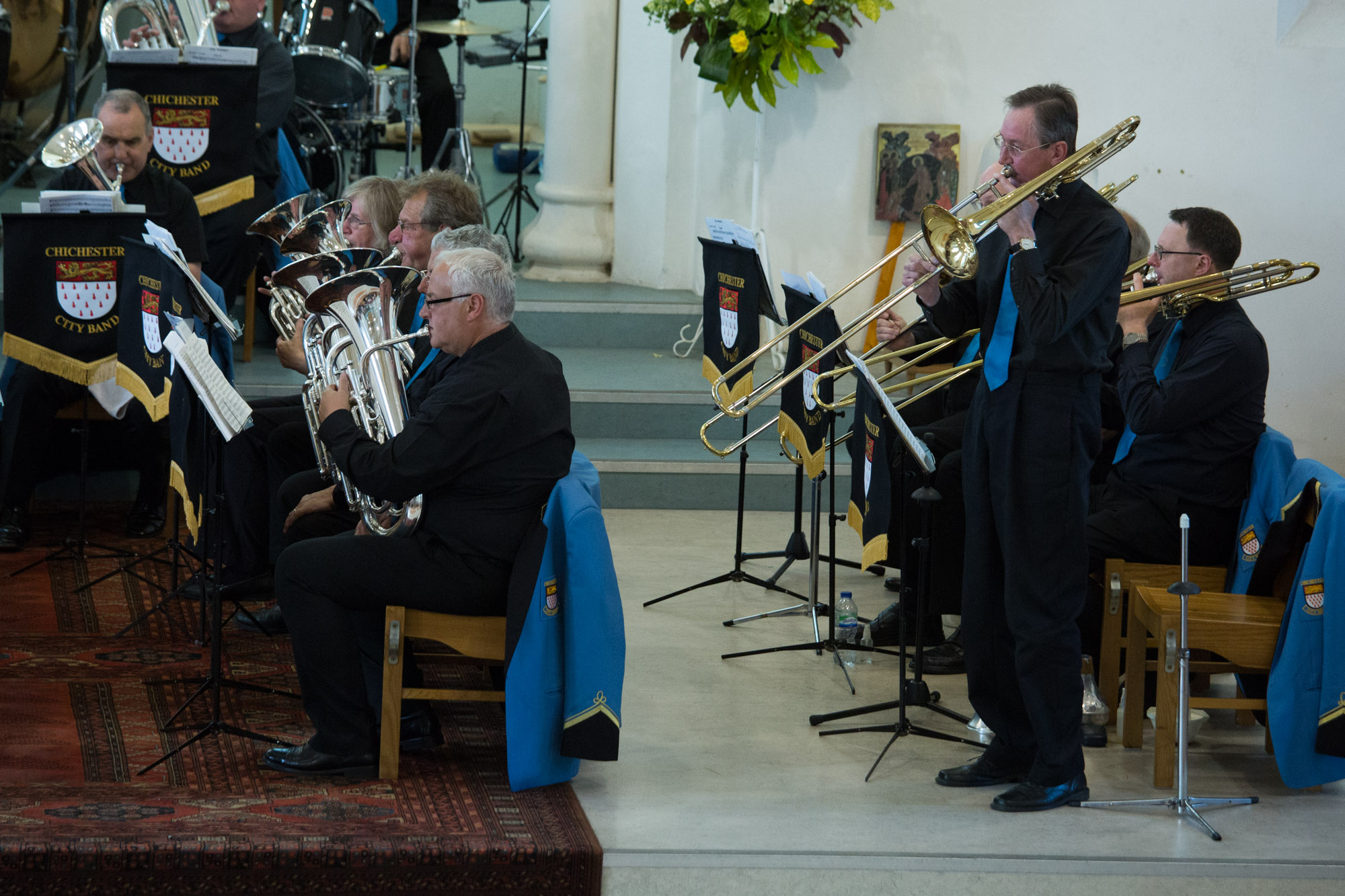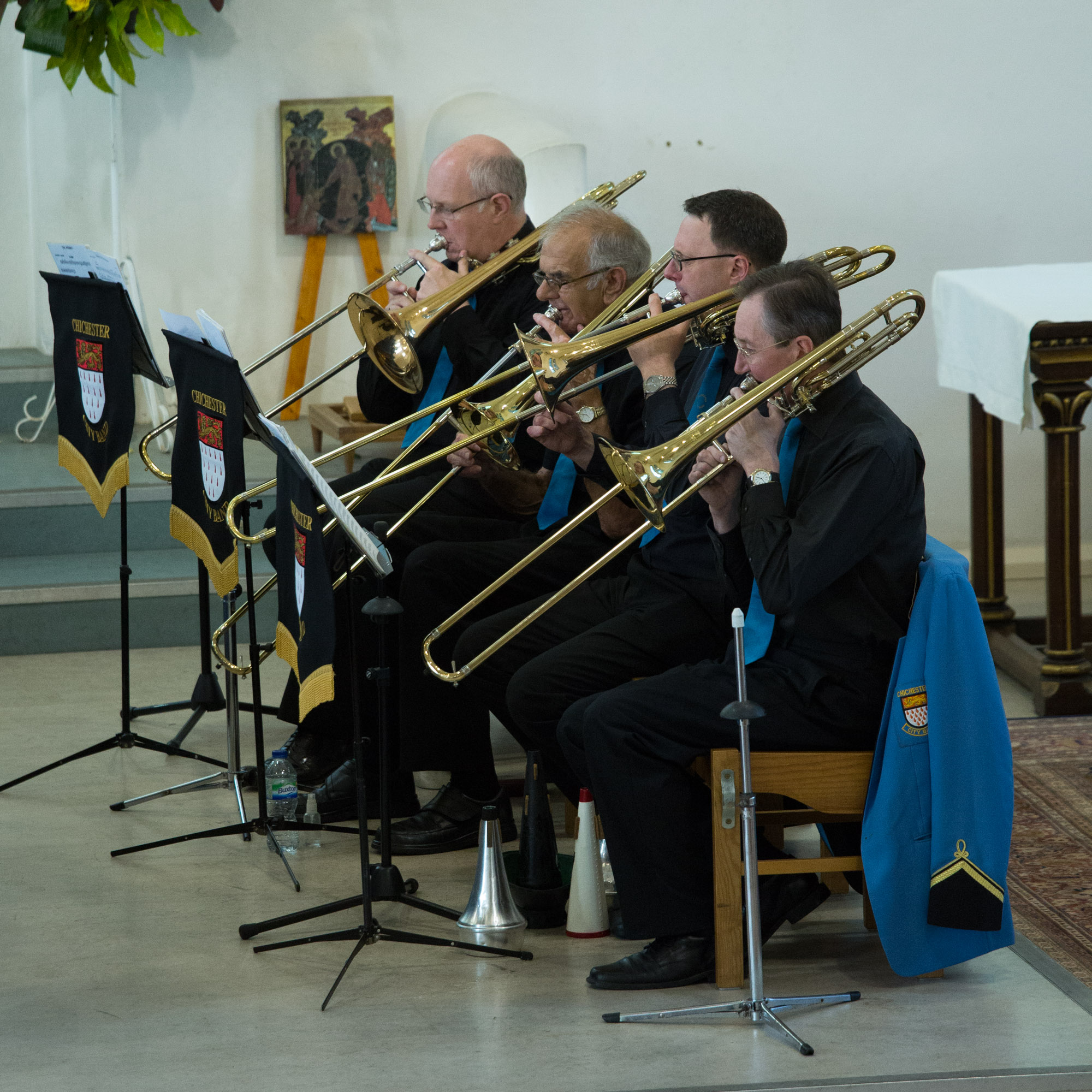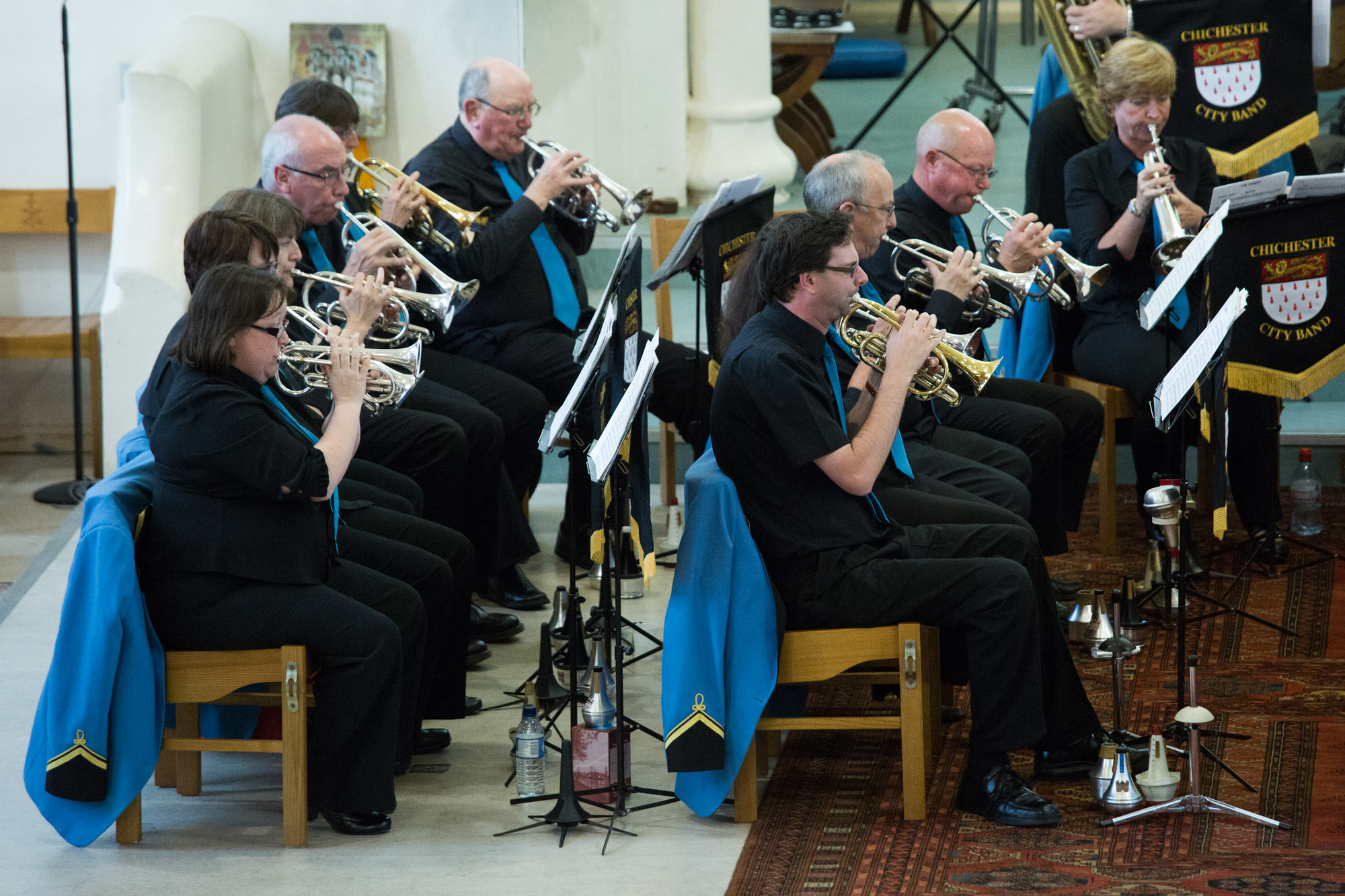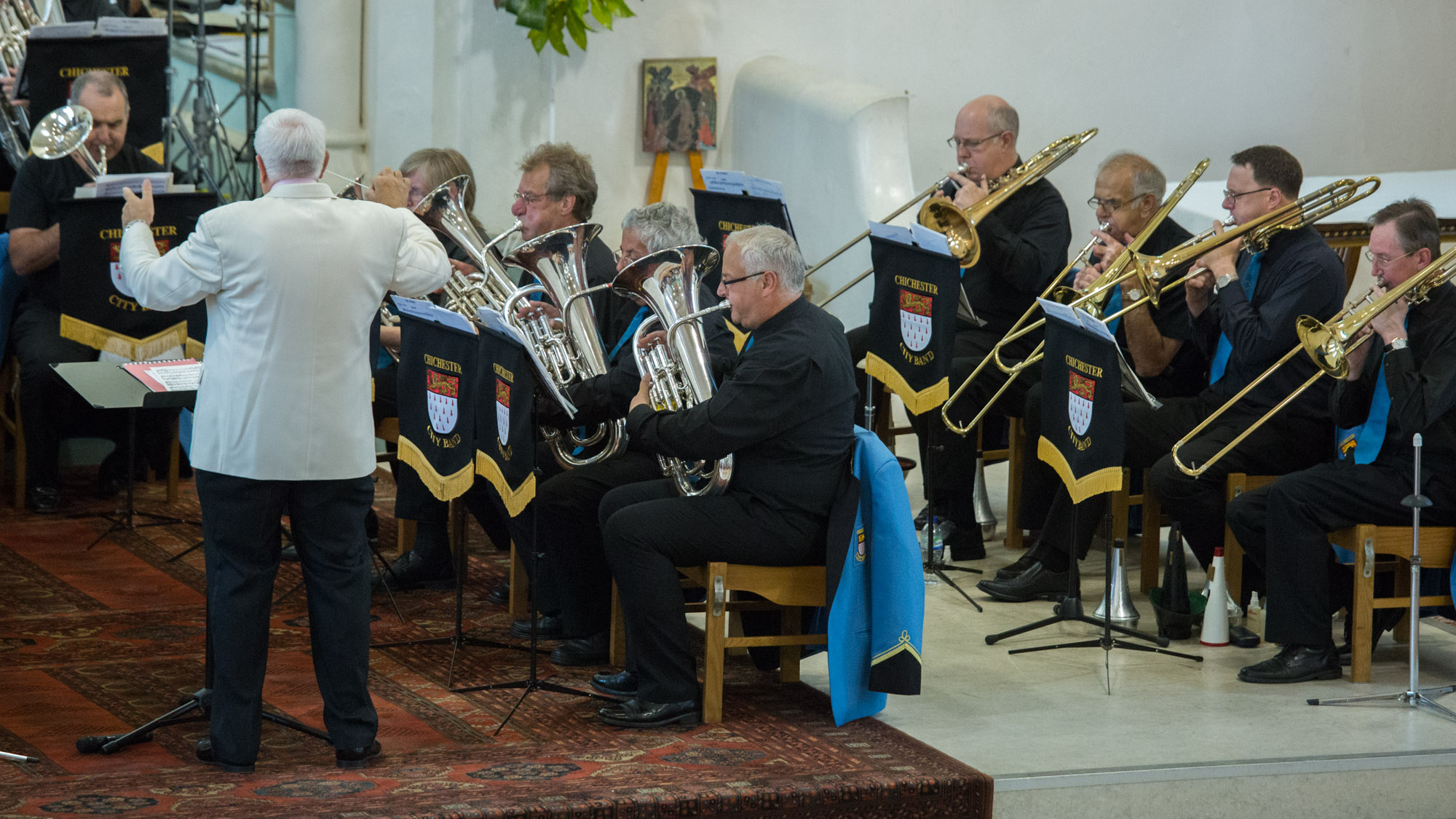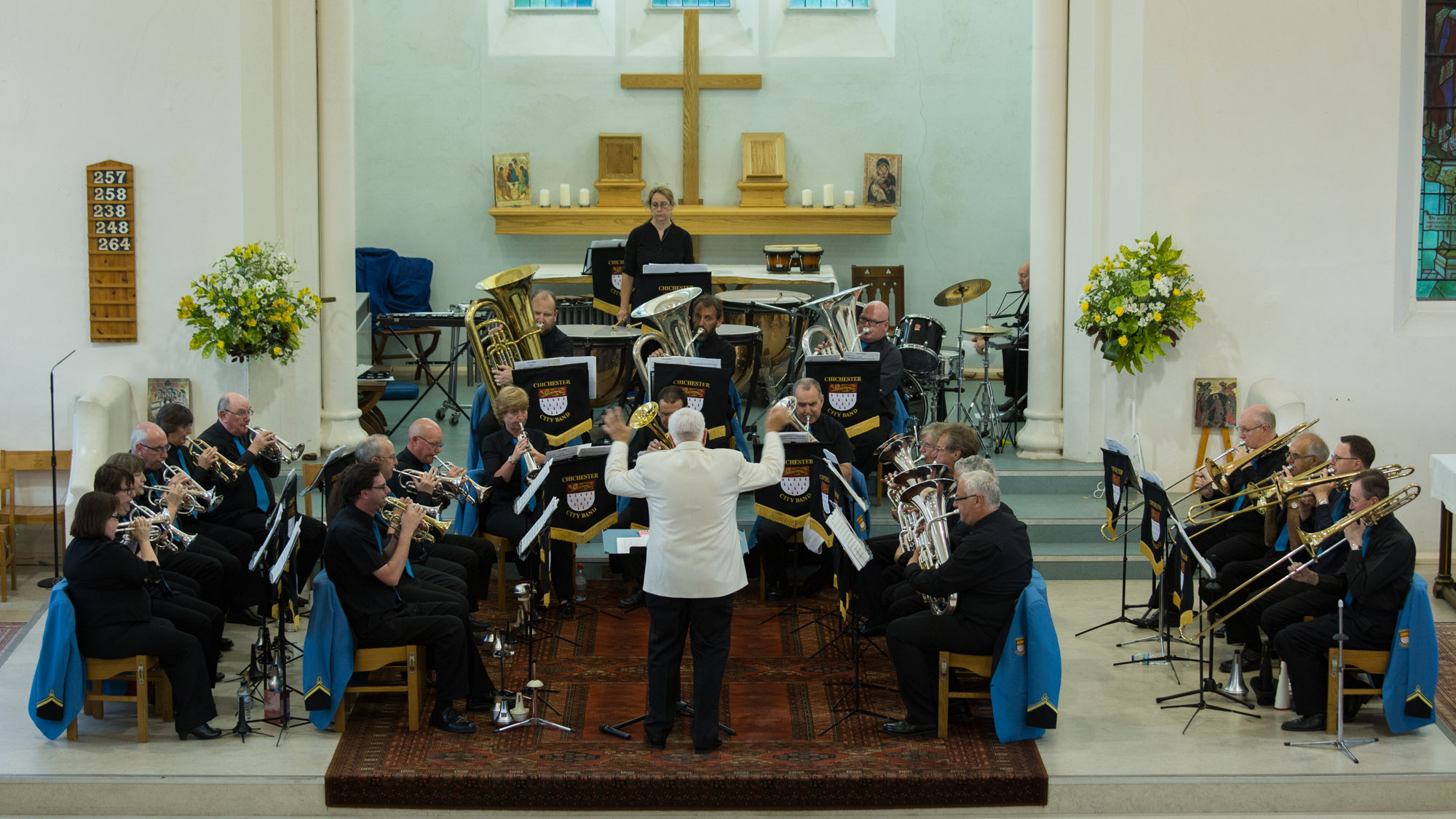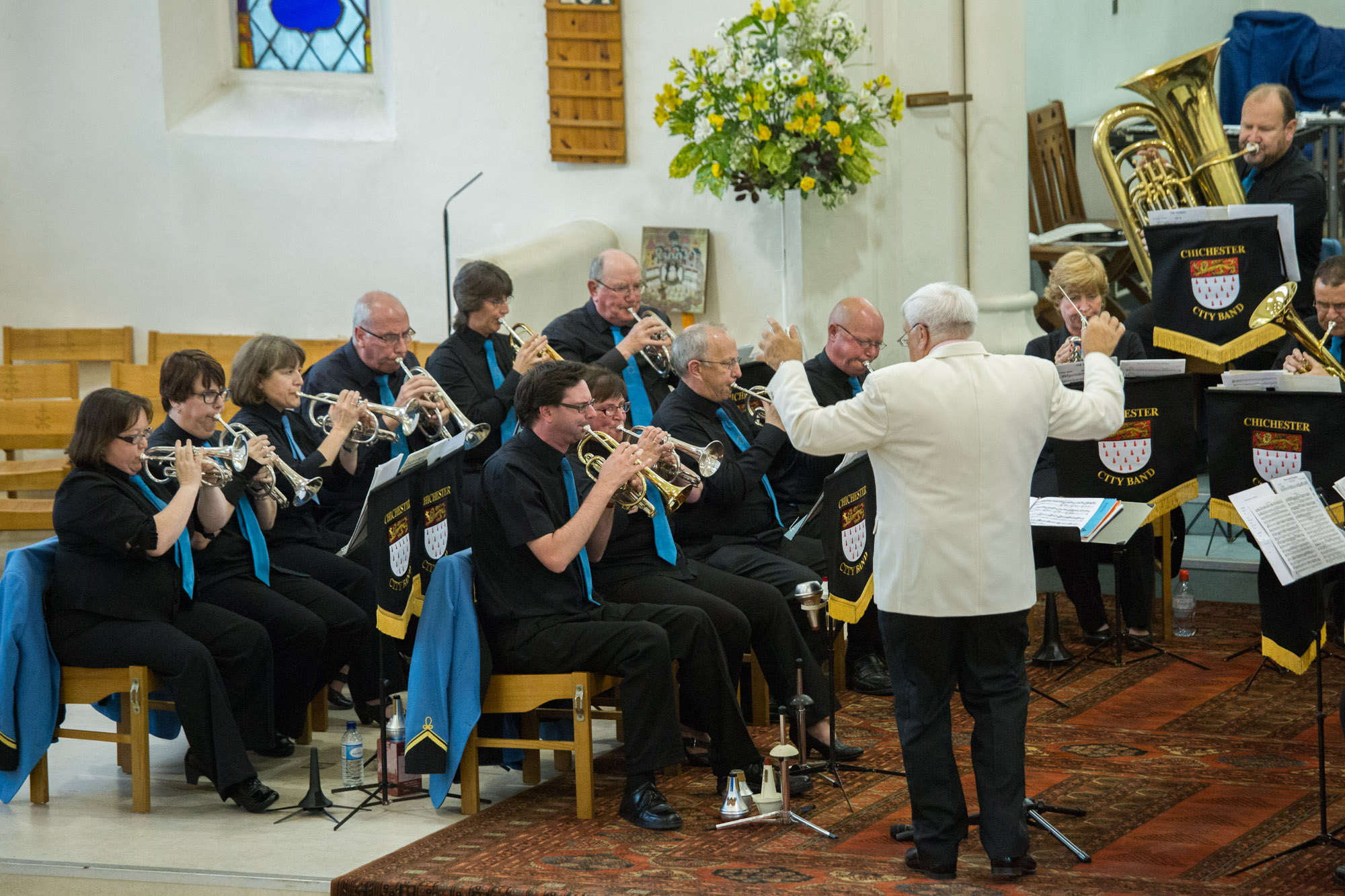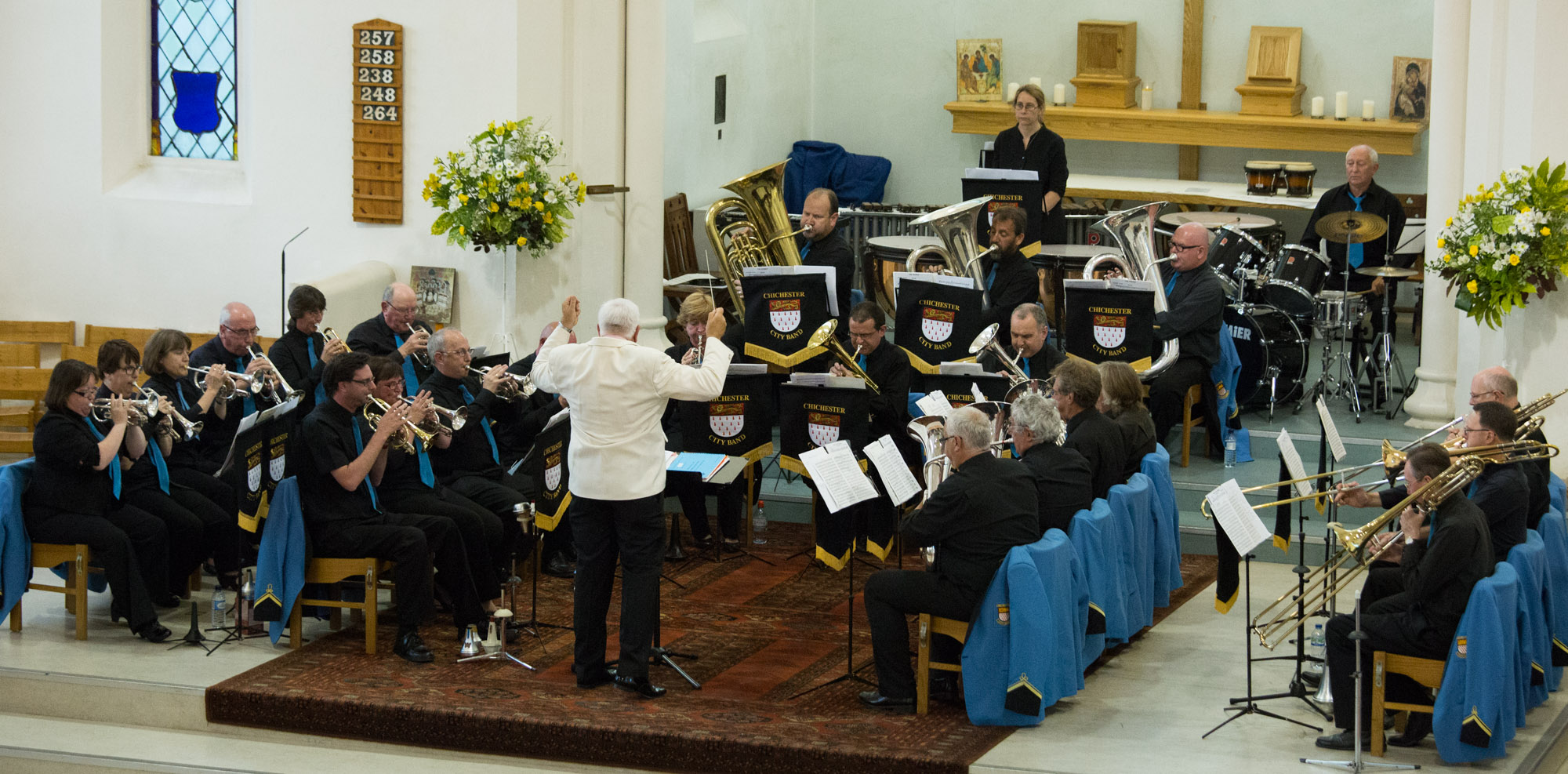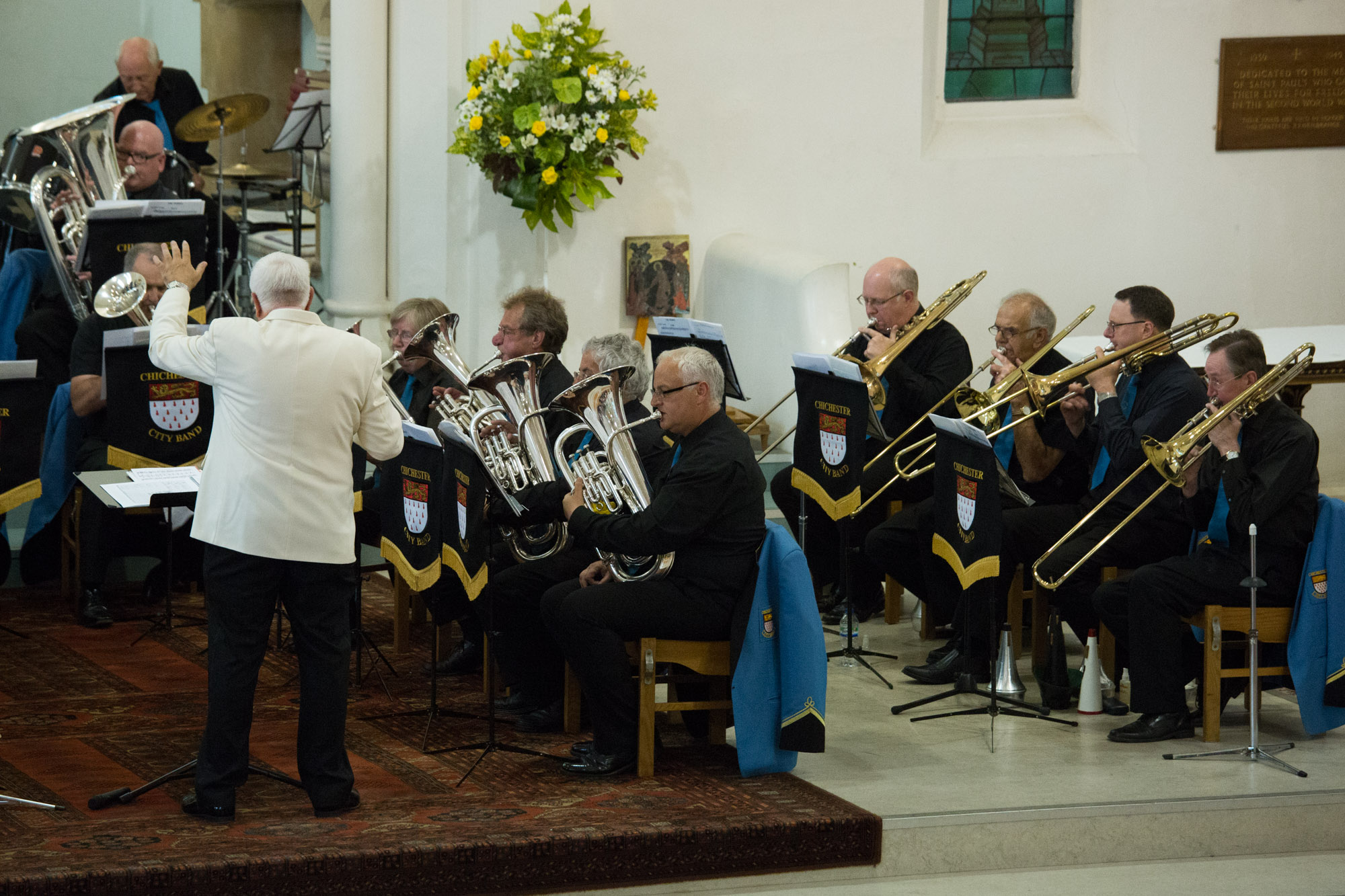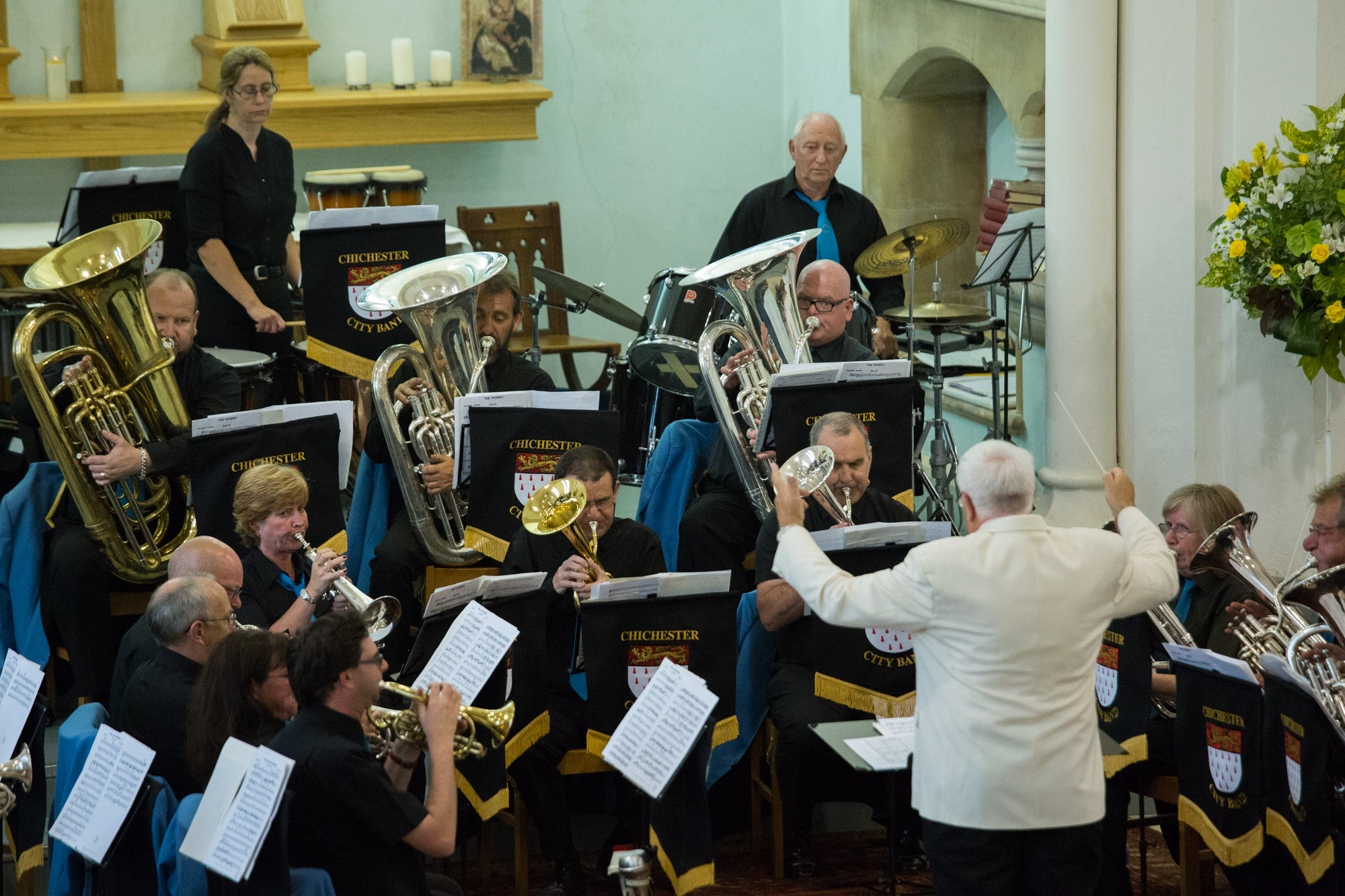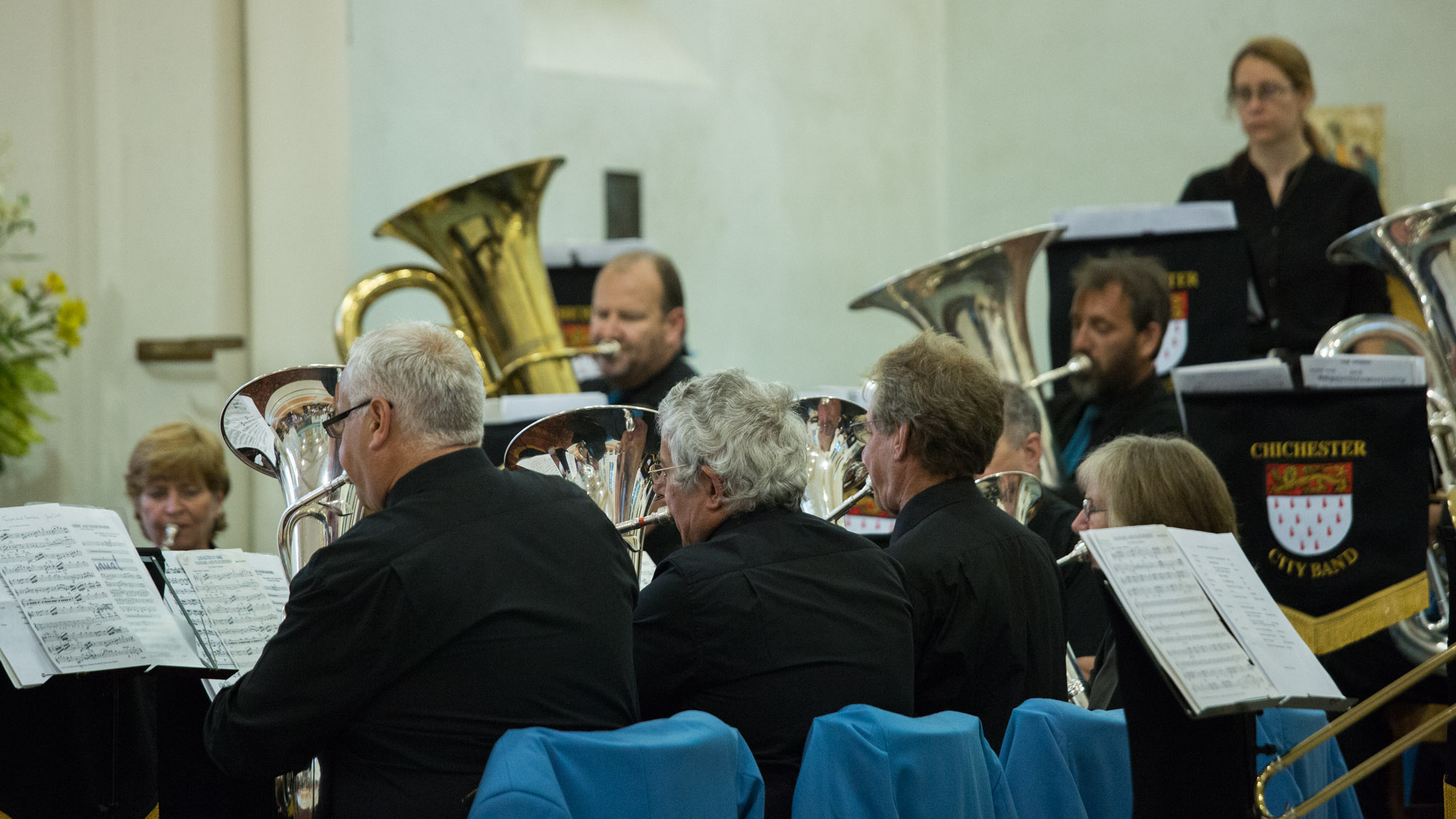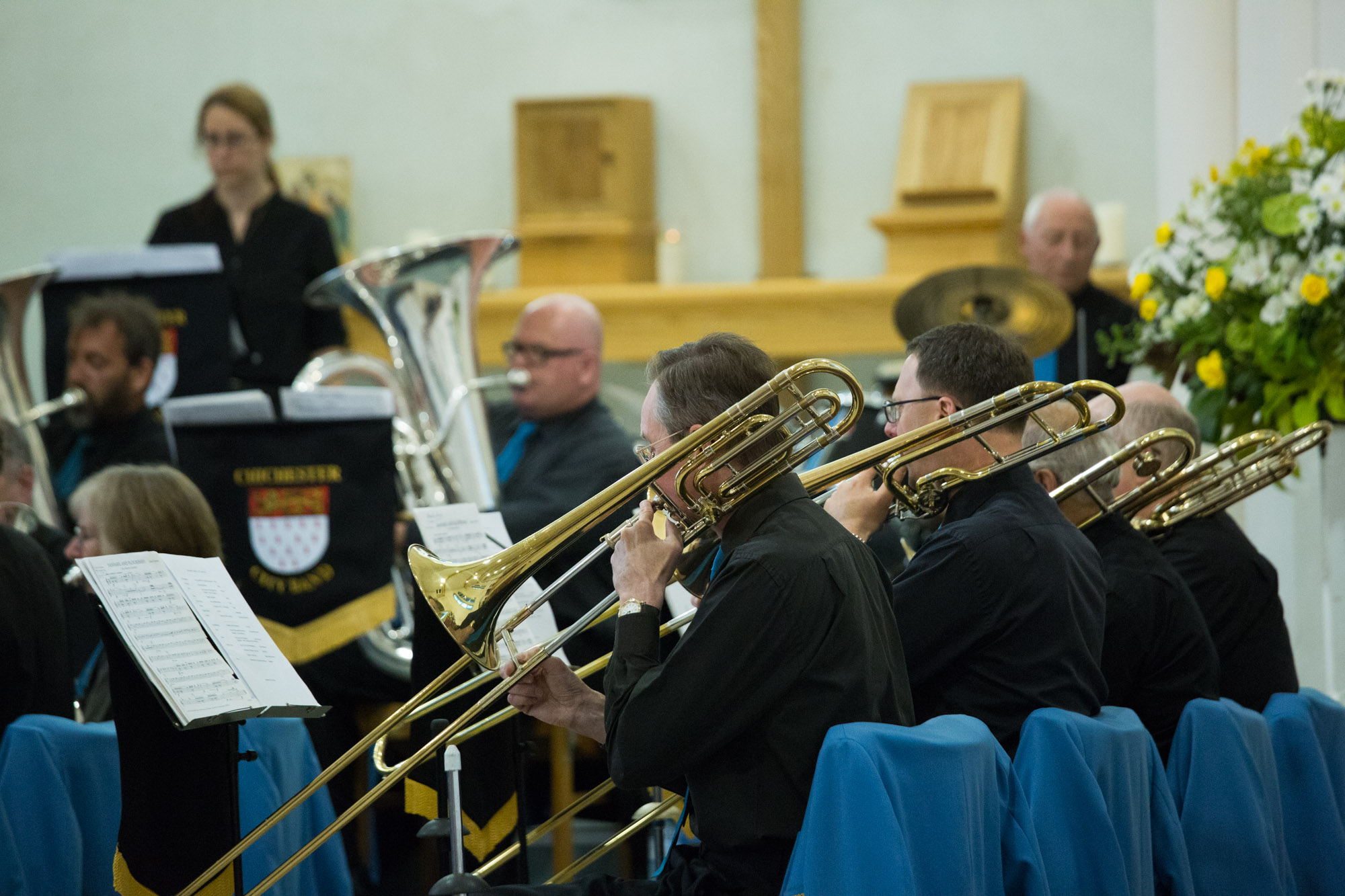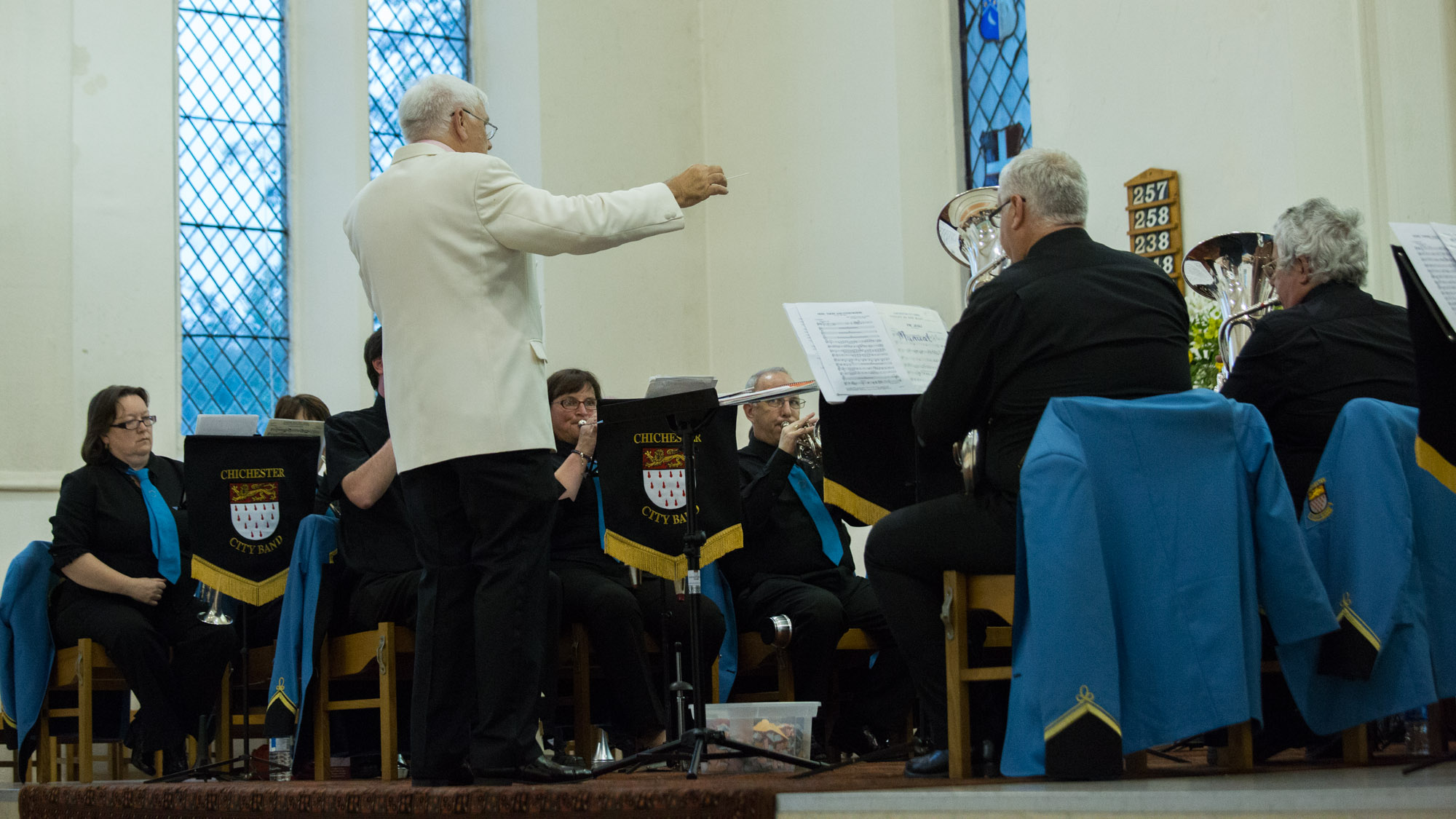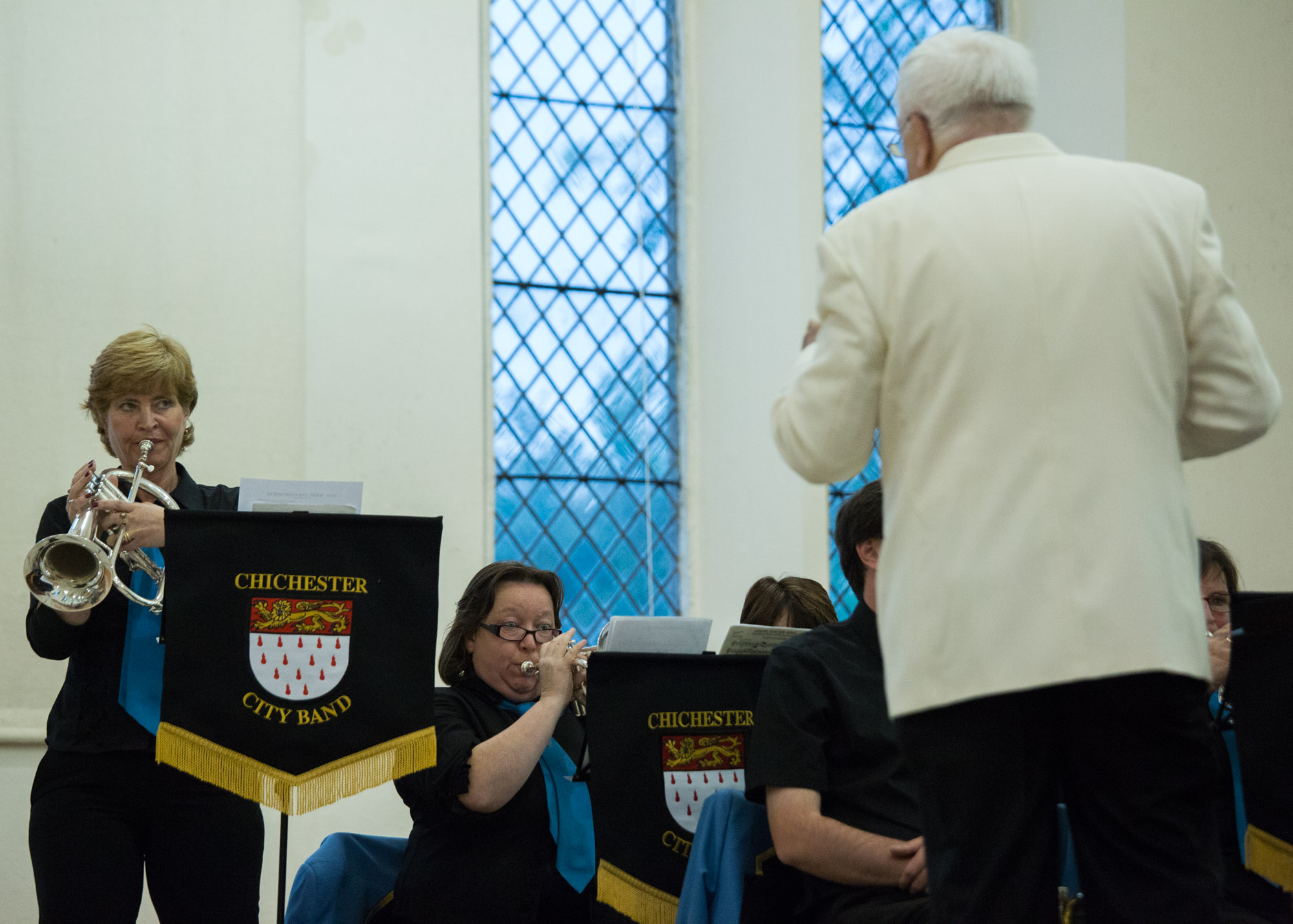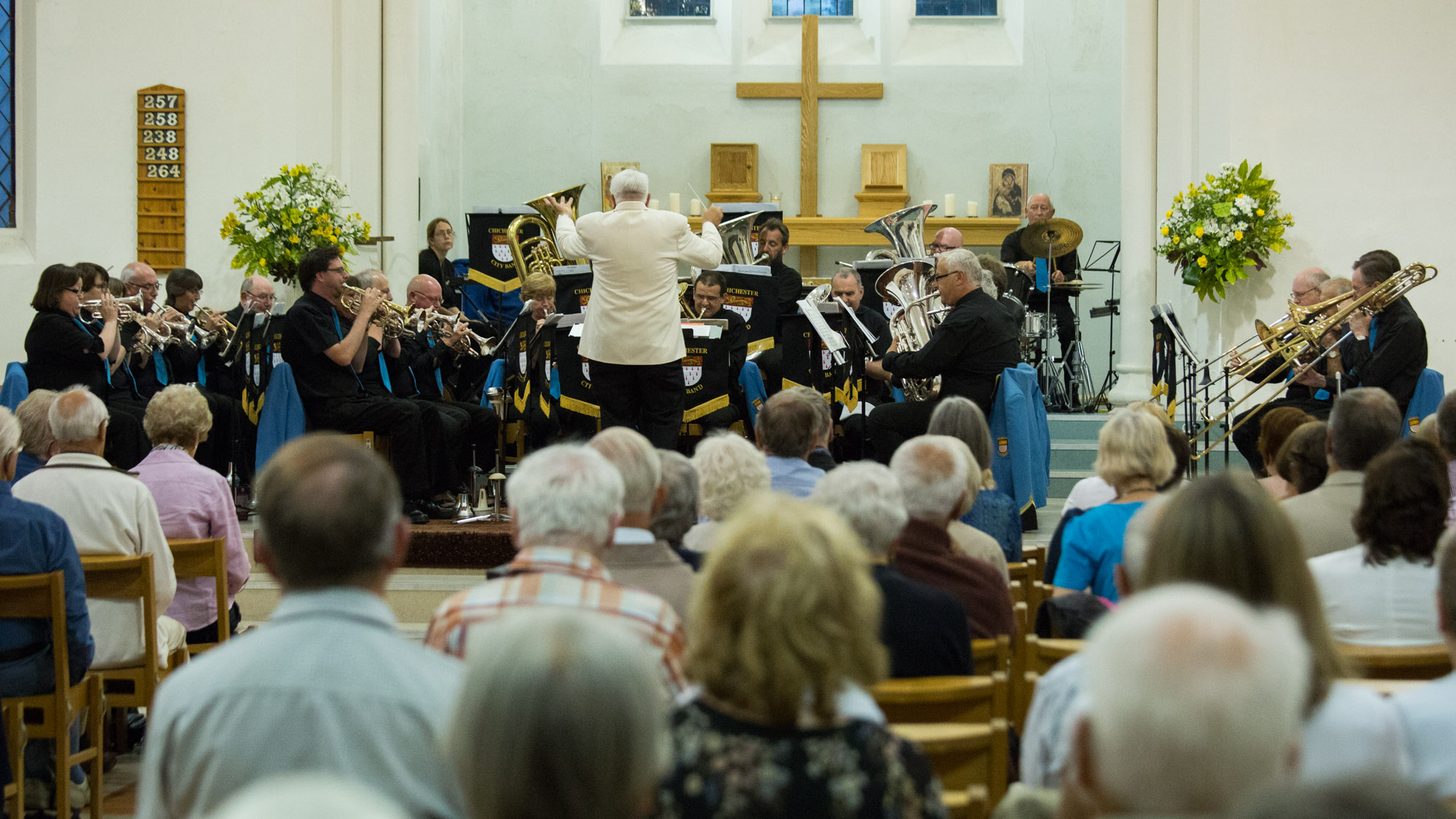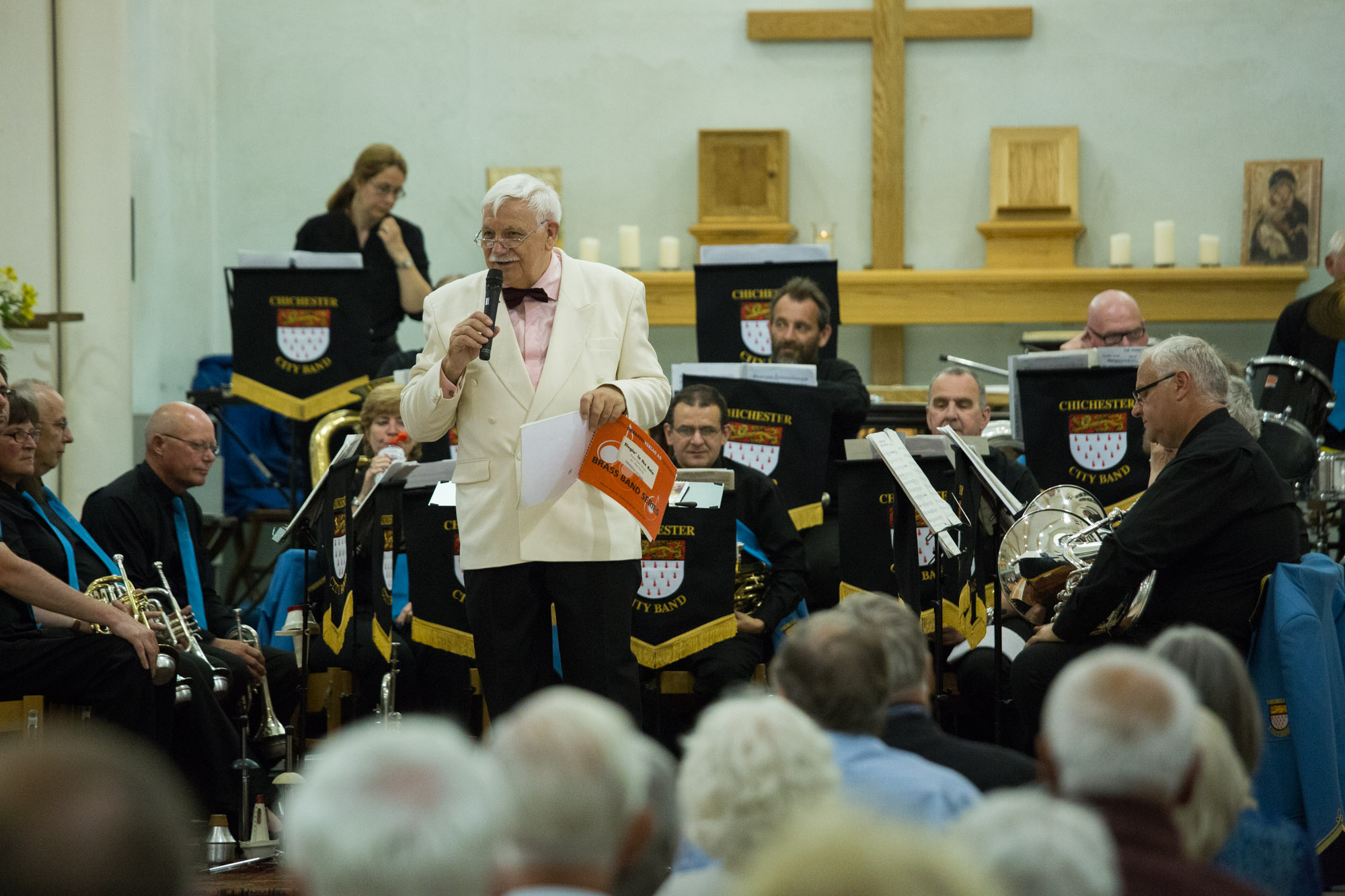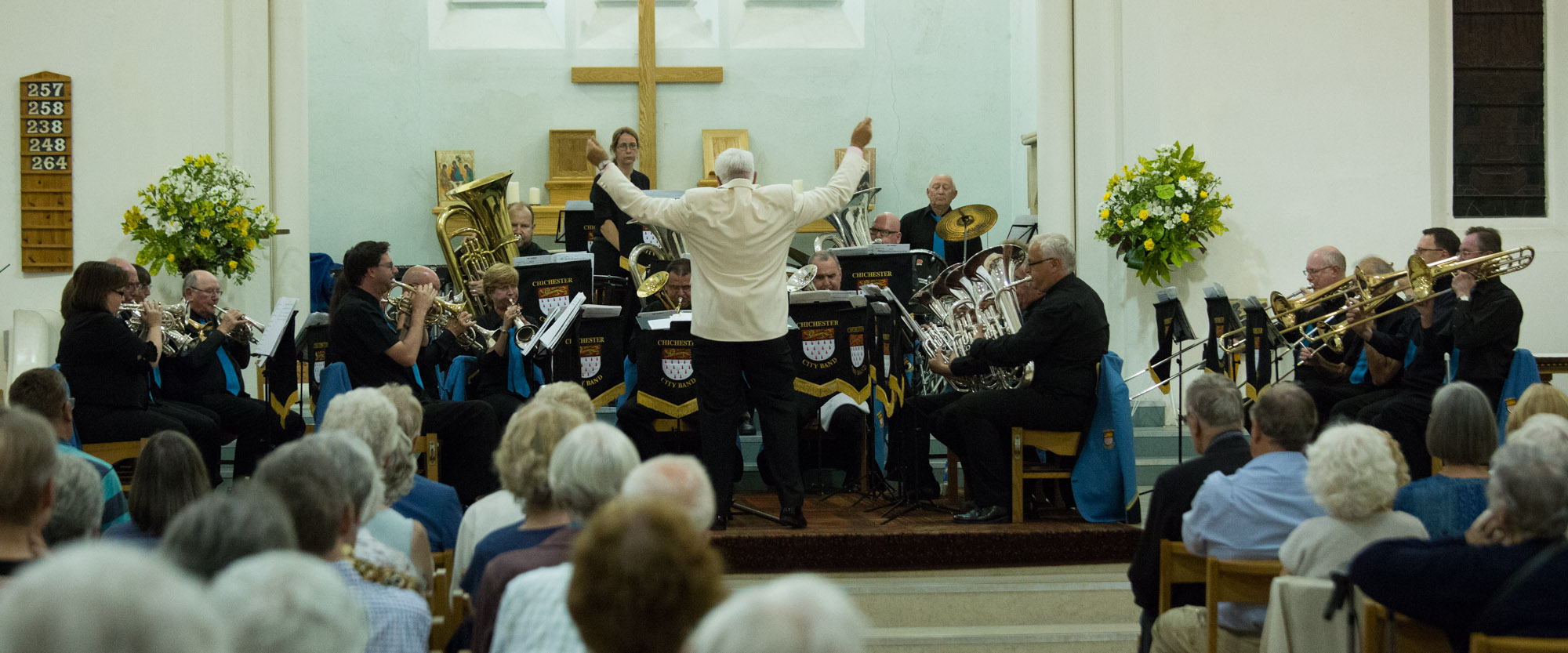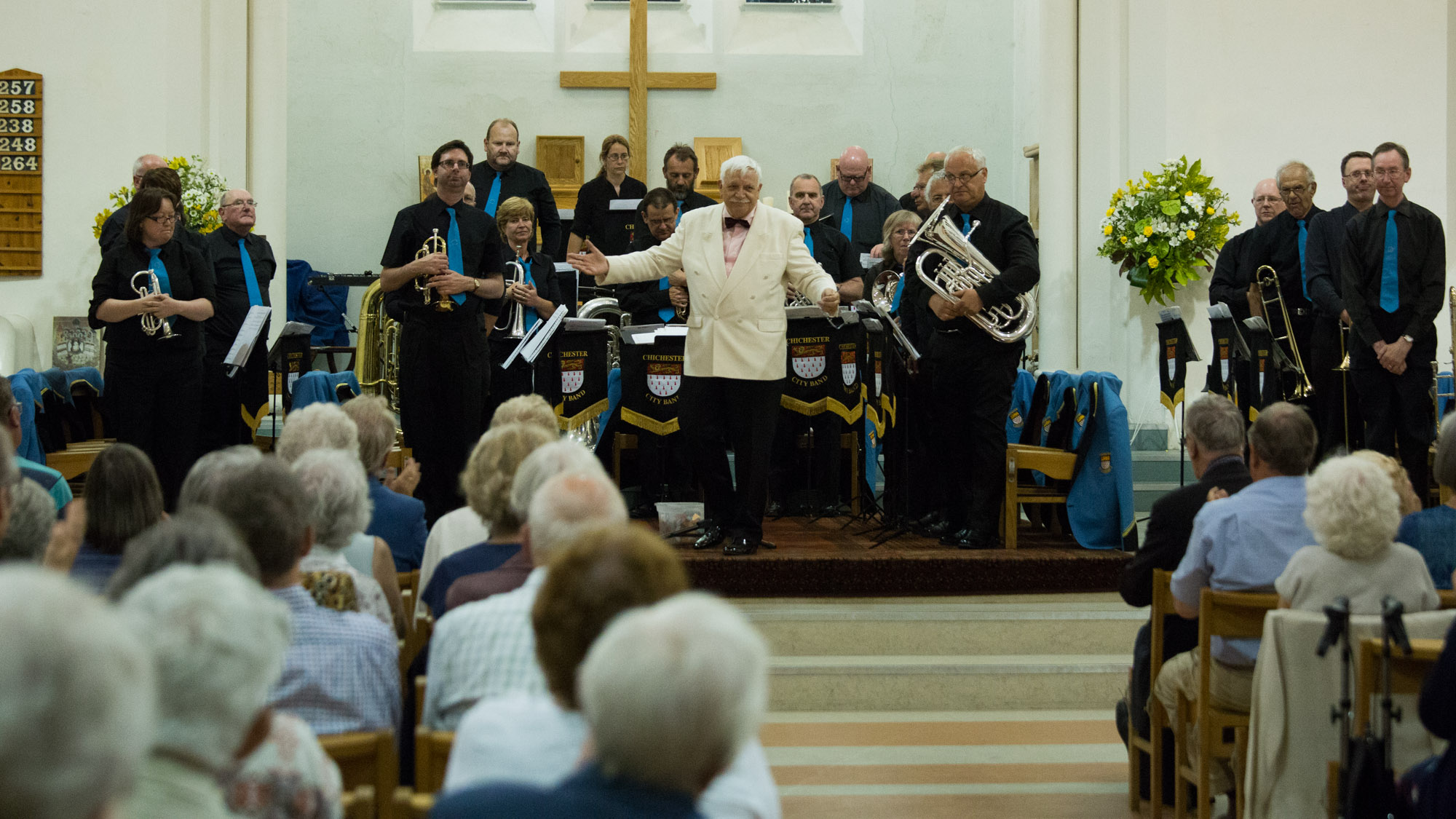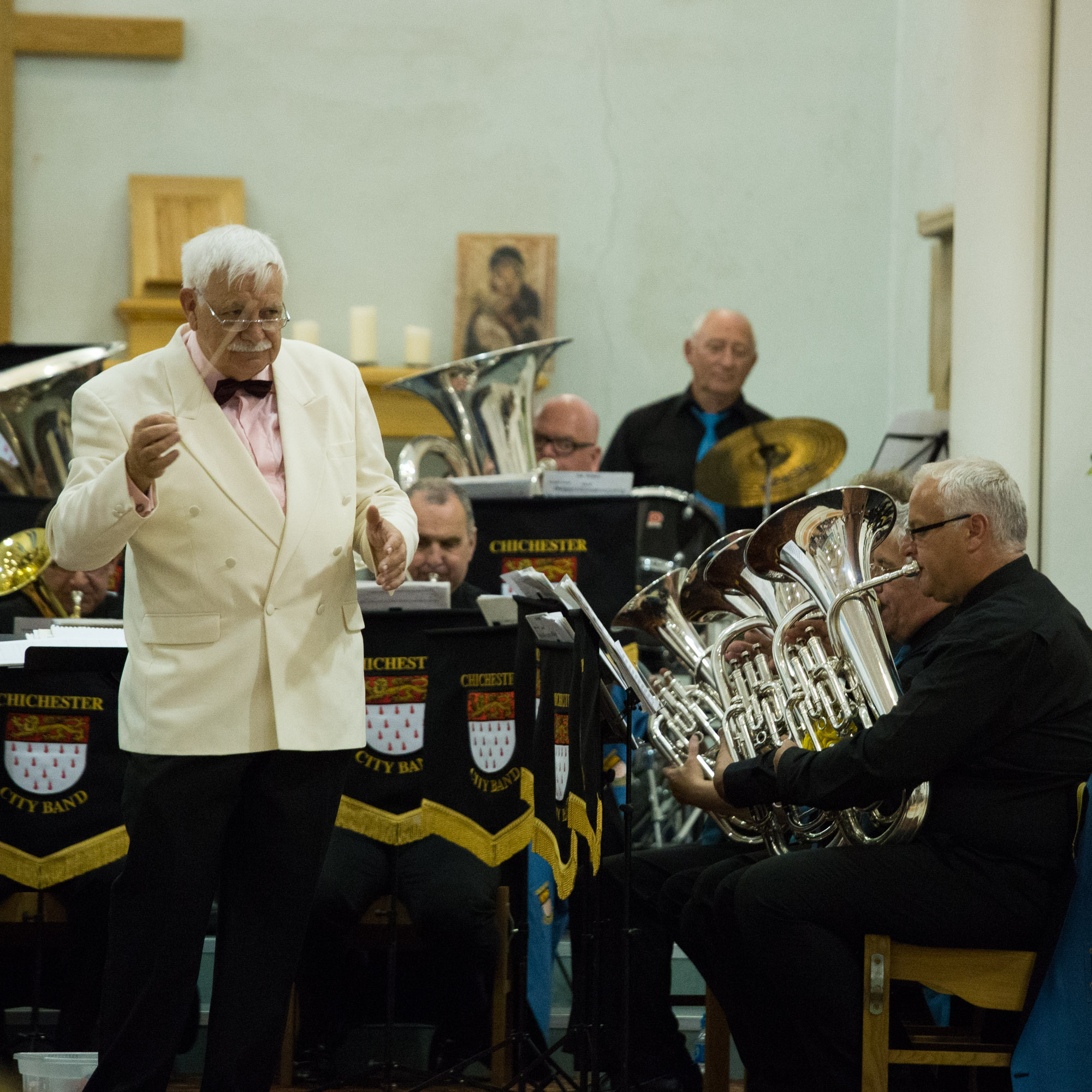It's been far too long since I updated my website but I'm back on the case!
Shop
To get the ball rolling I've added some new stock to my Etsy shop, including a short print run of 2018 desk calendars. I'm waiting for a new batch of greetings cards to come from the printer at this moment so it won't be long before there are even more lovely goodies to purchase!
I've started printing my own pictures at home recently and am now able to create prints to order up to A3 size. If there's something specific you'd like a print of - perhaps something you've seen here or on Photoblog - do get in touch and I'd be delighted to give you a quote. I hope to get more information about this on my Etsy store in due course but I'm happy to print to order in the meantime. Please click here to visit my Etsy store.
Photography education
As I mentioned when I last posted here, I've been writing an increasing number of photography education articles over on Photoblog. I've covered everything from the basics of photography to architecture, street photography and even tips on how to build an audience for your own blog. Do take a look if you're keen to learn more about photography and please do share my articles with any friends who may also be interested. You can find all my photography education articles here.
Competition success
I should have posted about this before but I was honoured in February to be awarded the prize of Goodwood Photographer of the Year.
As many of you know, I'm a motorsport enthusiast and have been a member of the Independent Goodwood Photographers Guild for some time. I was lucky enough to win two categories in their 2016 photo competition which bagged me the title of Goodwood Photographer of the Year. These were my two winning entries:
It's almost time to enter for the 2017 competition so I'm currently working through my latest motorsport shots from Goodwood and elsewhere to defend my title!
Hatfield Forest Exhibition
This is a first for me - a solo exhibition of my photography. A selection of my pictures are on show in the fisherman's shelter at Hatfield Forest - a mix of landscapes and wildlife. The forest is open every day so please do pop by and take a look if you are in the area. The Forest cafe is just next door so you can grab a warming cuppa to enjoy while looking at my exhibition!
For further information about Hatfield Forest please visit the website here.
Future plans
With winter beckoning work has eased off a little for me so I have lots of exciting plans and, with them, lots of new content to come here. These include continuing my City Churches project and some new articles about photography here and on Photoblog. I'm also planning to resurrect my photographer of the week post, to share some work by some of my favourite artists. I also need to update my portfolios with my latest work so do check back to see my fresh images.






